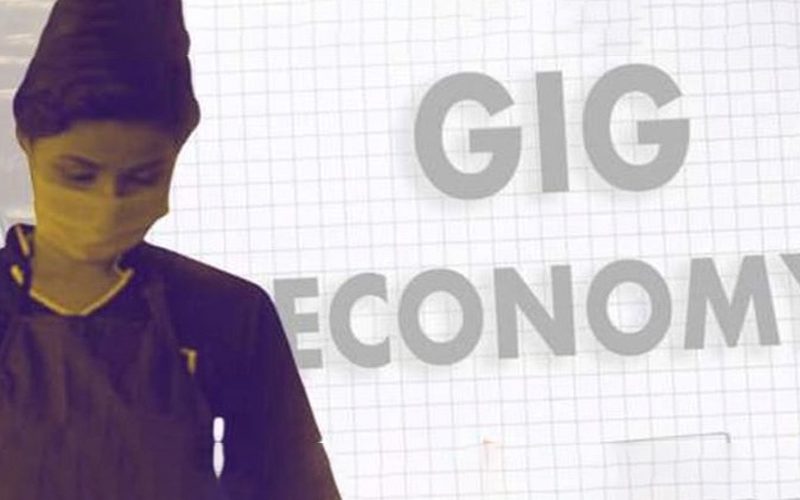The gig economy has had a major role in determining the nature of employment or the labor market of the future.
As the epidemic recovery comes to an end, the Fed is attempting to slow down economic growth to combat inflation. Although their wages and employment figures are not included in the Labor Department’s study of traditional businesses, gig workers are becoming a more significant element of the workforce. How are they doing in this economy that is changing so quickly?
The future of work is being shaped in large part by the gig economy. Since there is no employer-employee relationship, gig workers are not beholden to any specific employer and therefore have greater flexibility in terms of the work they can choose and the hours they dedicate. This characteristic of unique employment relationships upends the traditional ways of working in many ways. Businesses benefit from the same flexibility when they are not reliant on a specific group of employees, to carry out tasks. They also save money by not having to pay for social security benefits or fixed salaries that employees receive. But the gig economy has drawn both adoration and derision. Although it appears that both sides will benefit, the actual situation is frequently more convoluted. Everything shut down early in the pandemic, including musical shows and ride-sharing services, along with the rest of the economy. However, according to UNC sociologist Alexandrea Ravenelle, it hasn’t been all that horrible to be a gig worker, freelancer, or independent contractor. The job connection, which needs to be more precisely defined, is the major problem with the gig economy. The majority of the time, businesses can consider their gig workers as employees in terms of the control they exercise over them without incurring the costs associated with recruiting employees because of the ambiguity around the rights of workers and the duties of platforms. The workers wind up with the short end of the stick as a result of this system. First off, the government offered extensive employment benefits for the first time, which non-traditional workers are typically ineligible for. For some gig workers, it changed their lives. It gave them some breathing room to stop working so hard, start saving money, and contemplate their plans, according to Ravenelle. According to Adam Ozimek of the Economic Innovation Group, things have improved as a result of the economy’s recovery and the increase in travel. Gig workers, like everyone else, must contend with rapid price inflation. Self-employment rebounded more quickly than payroll employment, which indicates that there is a greater supply of gig workers and a greater demand for them, according to him. But according to LiyaPalagashvili of the Mercatus Center at George Mason University, they might be able to respond with some of their own earnings inflation. There are advantages and disadvantages to the gig economy, and because of these advantages for the Indian economy, governments must take steps to lessen the disadvantages. However, platform-enabled gig work’s diversity and the ambiguity of its employment connection baffle regulators everywhere. Policymakers frequently demand that gig workers be classified as employees due to the low pay and unfavorable working conditions, but by doing so, the gig economy is fully eliminated rather than the problem being addressed.
More people may turn to gig work to make up for lost income if the Fed’s battle against inflation increases layoffs and unemployment. Thus, there may be increased rivalry among gig workers for rides, food delivery, and students to tutor at a time when demand for those services is declining from consumers. Additionally, unlike the previous recession, there won’t be a sizable federal safety net for unemployed gig workers if the economy weakens to the point where it enters one, once more.







